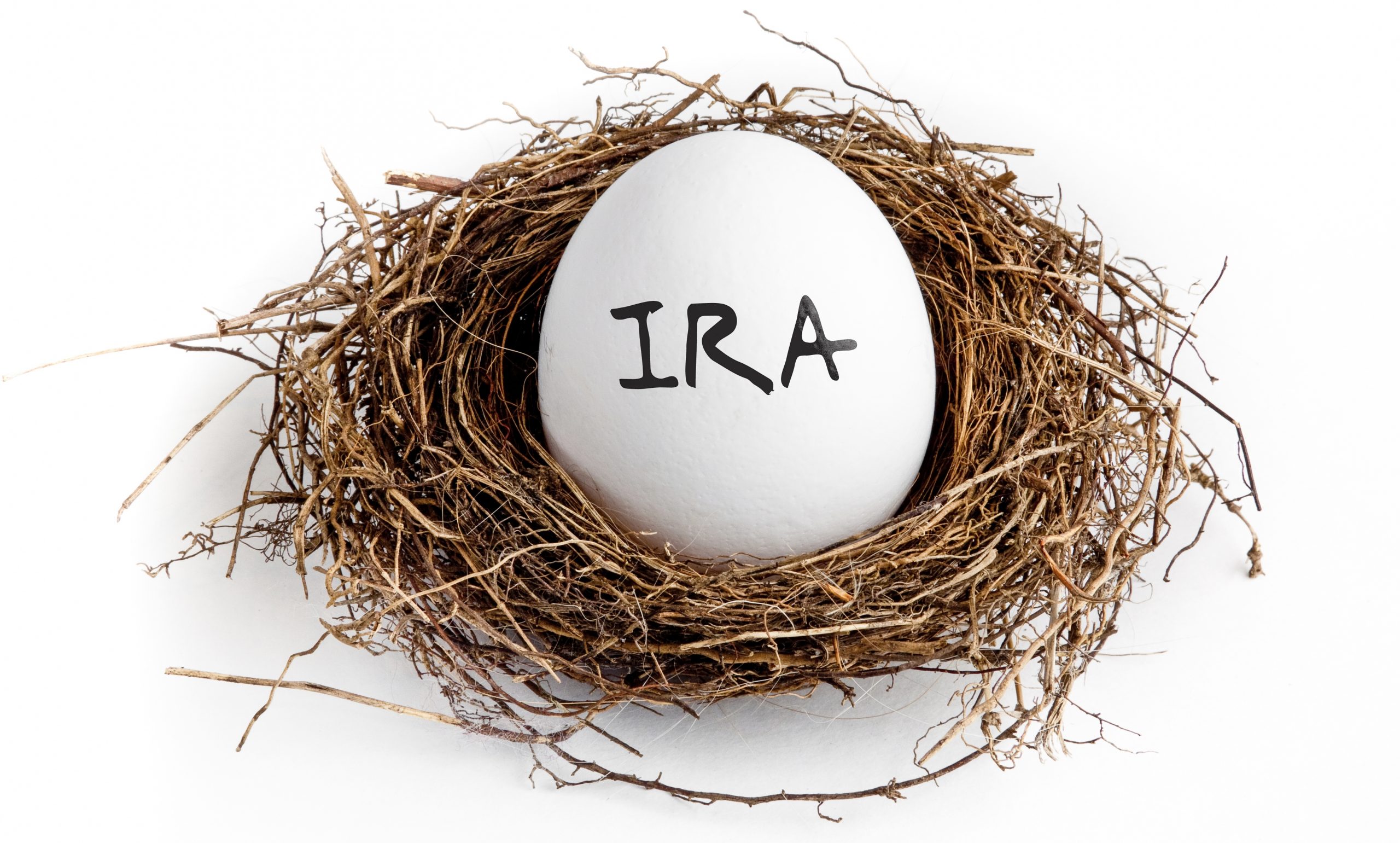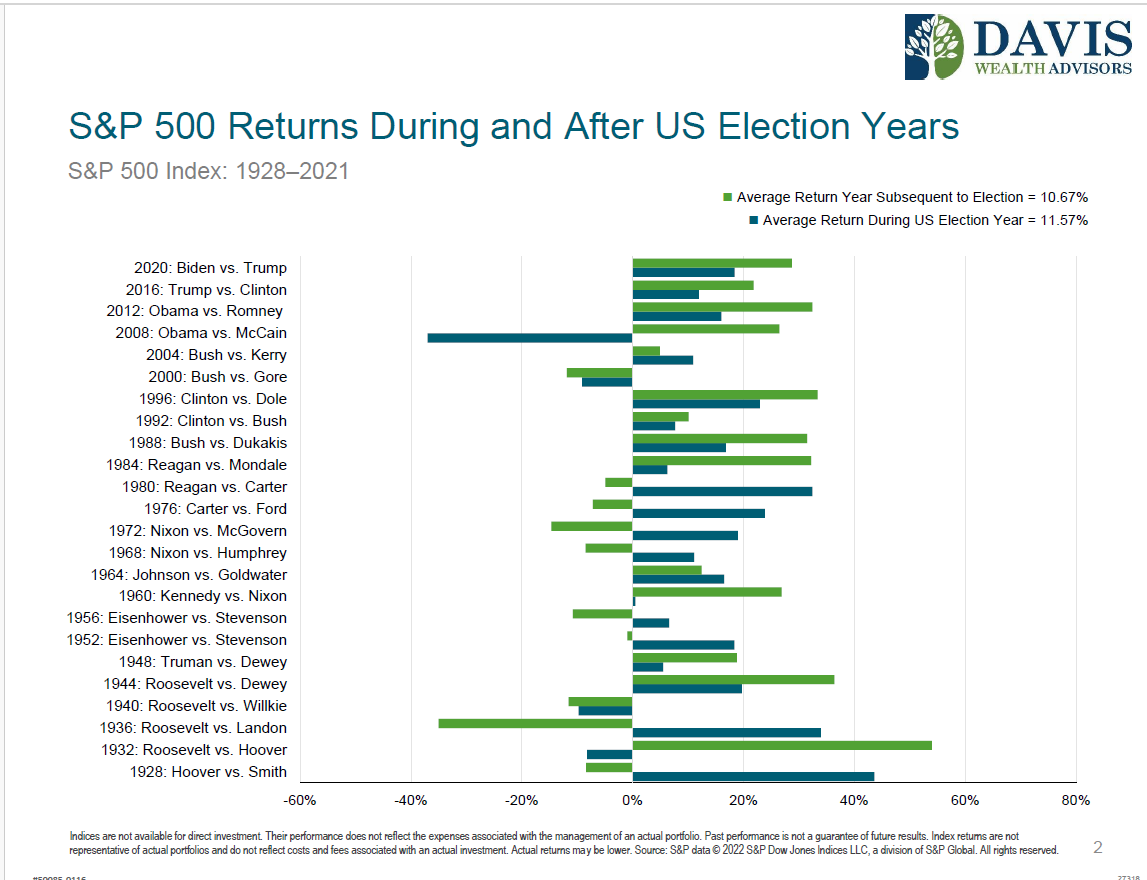Retirees have special concerns when evaluating state tax policies. For instance, the mortgage might be paid off, but how bad are the property taxes–and how generous are the property-tax breaks for seniors? Are Social Security benefits taxed? What about other forms of retirement income–including IRAs and pensions? Does the state impose its own estate tax that might subtract from your legacy? The answers might just determine which side of the state border you’ll settle on in retirement.
These 10 states impose the highest taxes on retirees, according to Kiplinger’s exclusive 2016 analysis of state taxes. Three of them treat Social Security benefits just like Uncle Sam does–taxing as much as 85% of your benefits. Exemptions for other types of retirement income are limited or nonexistent. Property taxes are on the high side, too. And if that weren’t bad enough, some of these states are facing significant financial problems that could force them to raise taxes, cut services, or both.
10. Utah
State Income Tax: 5% flat tax
Average State and Local Sales Tax: 6.69%
Estate Tax/Inheritance Tax: No/No
The Beehive State joins our list of least tax-friendly states, replacing Rhode Island (which no longer taxes Social Security benefits for residents with adjusted gross income of as much as $80,000/individual, $100,000/joint).
Utah offers few tax breaks for retirees. Income from IRAs, 401(k)s, pensions and Social Security benefits is taxable at the 5% flat tax rate. The state does offer a retirement-income tax credit of as much as $450 per person ($900 for a married couple). The credit is phased out at 2.5 cents per dollar of modified adjusted gross income over $16,000 for married individuals filing separately, $25,000 for singles and $32,000 for married people filing jointly.
On the plus side, property taxes are modest. Median property tax on the state’s median home value of $223,200 is $1,480, 11th-lowest in the U.S.
9. New York
State Income Tax: 4.0% (on taxable income as much as $8,450/individual, $17,050/joint) – 8.82% (on taxable income greater than $1,070,350/individual, $2,140,900/joint)
Average State and Local Sales Tax: 8.49%
Estate Tax/Inheritance Tax: Yes/No
New York doesn’t tax Social Security benefits or public pensions. It also excludes as much as $20,000 for private pensions, out-of-state government pensions, IRAs and distributions from employer-sponsored retirement plans. New York allows localities to impose an additional income tax; the average local levy is 2.11%, per the Tax Foundation.
The Empire State also has some of the highest property and sales tax rates in the United States. Food and prescription and nonprescription drugs are exempt from state sales taxes, as are greens fees, health club memberships, and most arts and entertainment tickets.
The median property tax on the state’s median home value of $279,100 is $4,703, the 10th-highest rate in the U.S.
While New York has an estate tax, a law that took effect in 2015 will make it less onerous. Estates exceeding $4,187,500 are subject to estate tax in fiscal year 2016-2017, with a top rate of 16%. The exemption will rise by $1,062,500 each April 1 until it reaches $5,250,000 in 2017. Starting Jan. 1, 2019, it will be indexed to the federal exemption. But if you’re close to the threshold, get a good estate lawyer, because New York has what’s known as a “cliff tax.” If the value of your estate is more than 105% of the current exemption, the entire estate will be subject to state estate tax.
8. New Jersey
State Income Tax: 1.4% (on as much as $20,000 of taxable income) – 8.97% (on taxable income greater than $500,000)
Average State and Local Sales Tax: 6.97%
Estate Tax/Inheritance Tax: Yes/Yes
The Garden State’s tax policies create a thicket of thorns for some retirees.
Its property taxes are the highest in the U.S. The median property tax on the state’s median home value of $313,200 is $7,452.
While Social Security benefits, military pensions and some retirement income are excluded from state taxes, your other retirement income could be taxed as high as 8.97%. And New Jersey allows localities to impose their own income tax; the average local levy is 0.5%, according to the Tax Foundation.
Residents 62 or older may exclude as much as $15,000 ($20,000 if married filing jointly) of retirement income, including pensions, annuities and IRA withdrawals, if their gross income is $100,000 or less. Those amounts will gradually rise so that by 2020 joint filers can exclude up to $100,000; single filers, up to $75,000; and married filing separately, up to $50,000.
New Jersey is one of only a couple of states that impose an inheritance and an estate tax. (An estate tax is levied before the estate is distributed; an inheritance tax is paid by the beneficiaries.) In general, close relatives are excluded from the inheritance tax; others face tax rates ranging from 11% to 16% on inheritances of $500 or more. Estates valued at more than $675,000 are subject to estate taxes of up to 16%. Assets that go to a spouse or civil union partner are exempt. The threshold rose to $2 million on Jan. 1, 2017 and the estate tax will disappear completely in 2018.
George Mason University’s Mercatus Center ranks New Jersey 48th in its analysis of states’ fiscal health.
7. Nebraska
State Income Tax: 2.46% (on taxable income as much as $3,060/individual, $6,120/joint) – 6.84% (on taxable income greater than $29,590/individual, $59,180/joint)
Average State and Local Sales Tax: 6.87%
Estate Tax/Inheritance Tax: No/Yes
The Cornhusker State taxes Social Security benefits, but new rules that took effect in 2015 exempt some of that income from state taxes. Residents can subtract Social Security income included in federal adjusted gross income if their adjusted gross income is $58,000 or less for married couples filing jointly or $43,000 for single residents.
Nebraska taxes most other retirement income, including retirement-plan withdrawals and public and private pensions. And the state’s top income-tax rate kicks in pretty quickly: It applies to taxable income above $29,590 for single filers and $59,180 for married couples filing jointly.
Food and prescription drugs are exempt from sales taxes. Local jurisdictions can add an additional 2% to the state rate.
The median property tax on the state’s median home value of $133,800 is $2,474, the seventh-highest property-tax rate in the U.S.
Nebraska’s inheritance tax is a local tax, ranging from 1% to 18%, administered by counties. Assets that are left to a spouse or charity are exempt.
6. California
State Income Tax: 1% (on taxable income as much as $7,850/individual, $15,700/joint) – 13.3% (on taxable income greater than $1 million/individual, $1,052,886/joint)
Average State and Local Sales Tax: 8.48%
Estate Tax/Inheritance Tax: No/No
California exempts Social Security benefits, but all other forms of retirement income are fully taxed. That’s significant, because residents of the Golden State pay the third-highest effective income tax rate in the U.S.
Early retirees who take withdrawals from their retirement plans before age 59½ pay a 2.5% state penalty on top of the 10% penalty imposed by the IRS.
At 7.5%, state sales taxes are the highest in the country, and local taxes can push the combined rate as high as 10%.
The median property tax on the state’s median home value of $412,700 is $3,160.
5. Montana
State Income Tax: 1% (on as much as $2,900 of taxable income) – 6.9% (on taxable income greater than $17,400)
Average State and Local Sales Tax: None
Estate Tax/Inheritance Tax: No/No
You won’t pay sales tax to shop in the Treasure State, but that may be small comfort when you get your state tax bill.
Montana taxes most forms of retirement income, including Social Security benefits, and its 6.9% top rate kicks in once your taxable income exceeds a modest $17,400.
Montana allows a pension- and annuity-income exemption of as much as $3,980 per person if federal adjusted gross income is $35,180 ($37,170 if filing a joint return) or less. If both spouses are receiving retirement income, each spouse can take up to the maximum exemption if the couple falls under the income threshold. Montana also permits filers to deduct some of their federal income tax.
The median property tax on the state’s median home value of $196,800 is $1,653, below average for the U.S.
4. Oregon
State Income Tax: 5% (on taxable income as much as $3,350/individual, $6,700/joint) – 9.9% (on taxable income greater than $125,000/individual, $250,000/joint)
Average State and Local Sales Tax: None
Estate Tax/Inheritance Tax: Yes/No
Although Oregon doesn’t tax Social Security benefits, most other retirement income is taxed at your top income tax rate. Making matters worse, localities can tack on an additional 2% of income taxes.
The Beaver State allows residents to subtract as much as $6,350 of their current year’s federal income tax liability, after credits. There is also a retirement-income credit for seniors with certain income restrictions.
One bright spot in Oregon’s tax picture: no sales tax. You can buy anything in the state and never pay a penny in sales taxes.
The median property tax on the state’s median home value of $239,800 is $2,570.
Oregon’s estate tax applies to estates valued at more than $1 million–one of the lowest thresholds nationwide. The top rate is 16%. Assets that are left to a surviving spouse or registered domestic partner are exempt.
3. Minnesota
State Income Tax: 5.35% (on taxable income less than $25,180/individual, $36,820/joint) – 9.85% (on taxable income greater than $155,650/individual, $259,420/joint)
Average State and Local Sales Tax: 7.27%
Estate Tax/Inheritance Tax: Yes/No
The North Star State offers cold comfort on the tax front to retirees.
Social Security income is taxed to the same extent as it is on your federal return. Pensions are taxable regardless of whether they are military, government or private pensions. Income tax rates and the sales tax rate are high.
Food, clothing, and prescription and nonprescription drugs are exempt from state sales tax. A few cities and counties also add a sales tax.
The median property tax on the state’s median home value of $188,300 is $2,148, about average for the United States. Minnesota homeowners of any age may be eligible for a refund if property taxes are high relative to their incomes.
Minnesota’s estate tax hits estates valued at just $1.6 million or more. Assets left to a surviving spouse are exempt. The maximum estate tax rate is 16%.
2. Connecticut
State Income Tax: 3% (on taxable income as much as $10,000/individual, $20,000/joint) – 6.99% (on taxable income greater than $500,000/individual, $1 million/joint)
Average State and Local Sales Tax: 6.35% for most items; 7% for certain luxury items
Estate Tax/Inheritance Tax: Yes/No
The Constitution State is a tax nightmare for many retirees.
Its real estate taxes are the fourth highest in the nation. Median property tax on the state’s median home value of $267,200 is $5,369.
Most types of retirement income are taxed, along with a portion of Social Security benefits for taxpayers above certain income thresholds. Social Security benefits are exempt for individual taxpayers with federal adjusted gross income of less than $50,000 and for married taxpayers filing jointly with federal AGI (adjusted gross income) below $60,000. Retirement plans, private pensions and out-of-state government and federal civil-service pensions are fully taxed. Fifty percent of federally taxable military income is exempt.
There are no local sales taxes in Connecticut, so you’ll pay only the statewide rate of 6.35% on your purchases. Clothing, footwear and accessories priced at more than $1,000 and luxury items (such as jewelry) worth more than $5,000 are taxed at 7.75%.
The state also faces massive pension liabilities that could force it to raise taxes even higher. The Mercatus Center at George Mason University ranks it 50th in its analysis of states’ fiscal health.
Connecticut imposes an estate tax on estates valued at $2 million or more at a progressive rate starting at 7.2%. The rate rises to a maximum of 12% for an estate valued above $10.1 million. Connecticut is the only state with a gift tax that applies to real and tangible personal property in Connecticut and intangible personal property anywhere for permanent residents.
1. Vermont
State Income Tax: 3.55% (on taxable income as much as $39,900/individual, $69,900/joint) – 8.95% (on taxable income greater than $415,600/individual, $421,900/joint)
Average State and Local Sales Tax: 6.17%
Estate Tax/Inheritance Tax: Yes/No
The Green Mountain State doesn’t coddle retirees. It has a steep top income tax rate, and most retirement income is taxed. Vermont treats Social Security benefits the same way the federal government does, which means as much as 85% of your benefits could be taxed.
Vermont limits deductions to $15,000 for single residents and $31,500 for married couples. If your income is $1 million, this will cost you about $5,000 in additional state taxes every year.
Local jurisdictions can add 1% to the state sales tax. Food for home consumption, clothing, and prescription and nonprescription drugs are exempt. But you’ll pay 9% tax on prepared foods, restaurant meals and lodging, and 10% if you order a glass of wine or beer in a restaurant.
The median property tax on the state’s median home value of $214,600 is $3,797, the eighth-highest property-tax rate in the U.S. Eligible Vermont residents can make a claim for a rebate of their school and municipal property taxes if their household income does not exceed a certain level.
Like many of the states on this list, Vermont imposes its own estate tax on estates that exceed $2.75 million – a relatively low threshold that ensnares more estates than the federal death tax. The maximum estate-tax rate is 16%. Assets left to a surviving spouse are exempt.
Rankings: Least Tax-Friendly States for Retirees
- Vermont
- Connecticut
- Rhode Island
- Minnesota
- Oregon
- Montana
- California
- Nebraska
- New Jersey
- New York
Copyright © 2017 The Kiplinger Washington Editors. All rights reserved.





